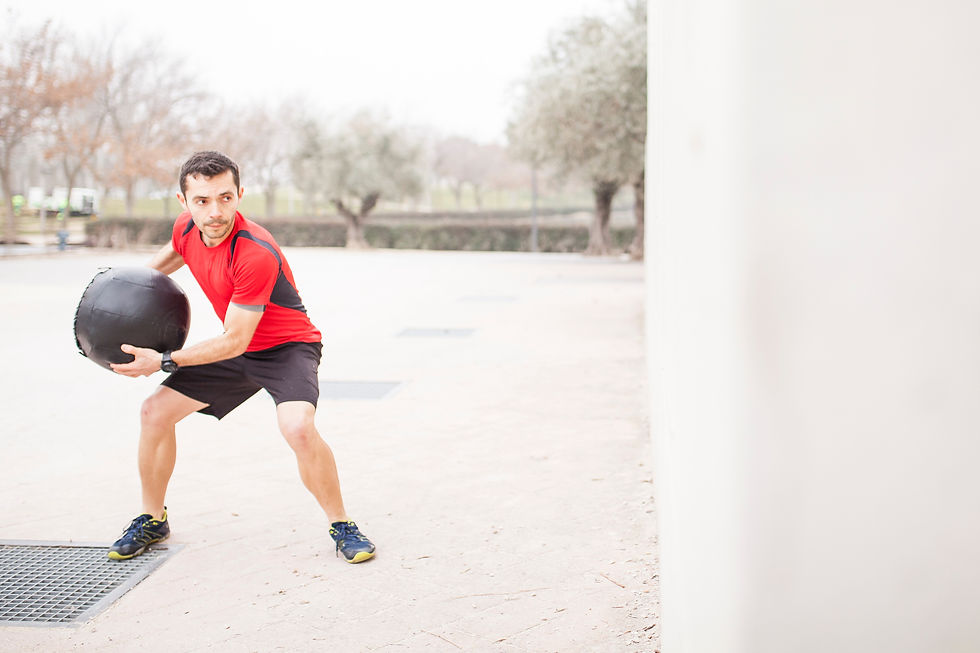The Last Inning of the Summer
- Kathy Ceisel

- Apr 11, 2023
- 2 min read
Updated: Mar 11, 2024
As Labor Day passes, the youth baseball season comes to a close for the summer. Many are anxious to start their new team while some will continue to play fall ball. Most players and parents don’t realize how important the off-season is to their success in season. It’s a chance for athletes to recover, to correct the body’s adaptations/asymmetries that were made during the season, and address mechanical insufficiencies.
The off-season is a great chance to let your body rest. Many athletes benefit from a 2–4 month layoff (from throwing) before resuming a strength and conditioning program. It doesn’t mean doing nothing or just playing video games. It is a great opportunity if you are not playing a fall sport to cross train; excellent options are hiking, biking, swimming, basketball and even yoga/Pilates. This allows your body to develop other movement patterns, improve whole body strength, improve CV endurance, and lessen strain on the arm that was produced during the season.
During the season, the body adapts to the repeated stress from those muscles and movement patterns used during repeated throwing, pitching and batting as these motions tend to be one directional in nature. This develops muscular asymmetries and imbalances in posture, mobility, and strength that need to be addressed. Left uncorrected over time, this can contribute to injuries and poor performance.
The first aspect to off season conditioning is evaluation. You can’t fix what’s wrong if you don’t know what’s wrong in the first place! A movement assessment by a physical therapist is a great place to start. The S.C.O.R.E. card is a whole-body movement assessment which uses a series of test to identify poor or compensatory movement patterns or mechanics that are specific to the overhead athlete that may be impairing performance. Anything less than a full body assessment cheats your athlete’s progress. This allows the athlete to tailor off-season sports specific exercise for long term measurable player development. It connects the athlete’s capabilities to skill and performance. This type of movement screen can be utilized year after year by the athlete and coaching staff to develop short- and long-term goals. Often, we find coaches and athletes performing exercises that don’t have a purpose but are utilized in their programming due to a social media influencer promising some “gain” or it was picked out because it looked cool to do. Exercises should have defined purpose and correlate to the athlete’s deficits; one is truly only as strong as their weakest link.
Over the next segment we will discuss common ARM issues found in the screening processes and how to address them during the off-season.







Comments